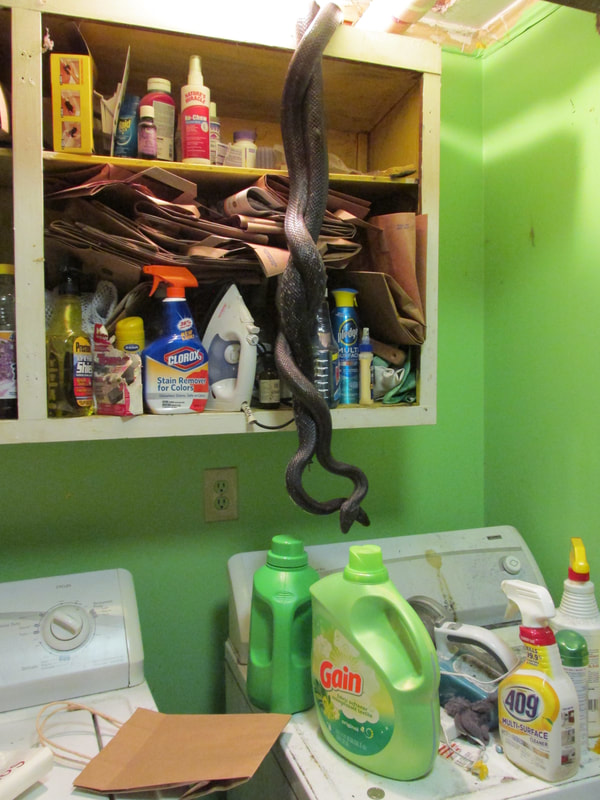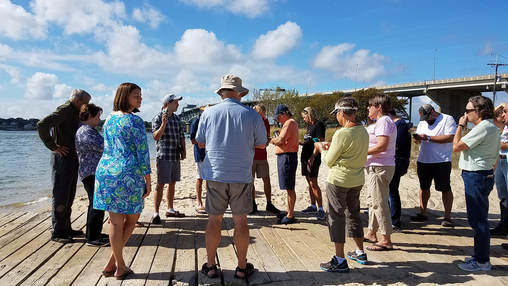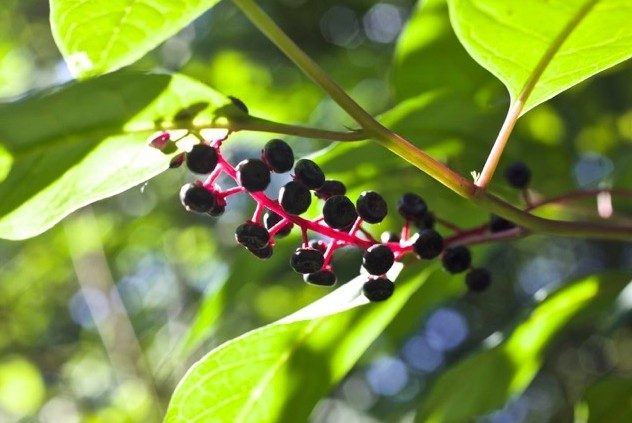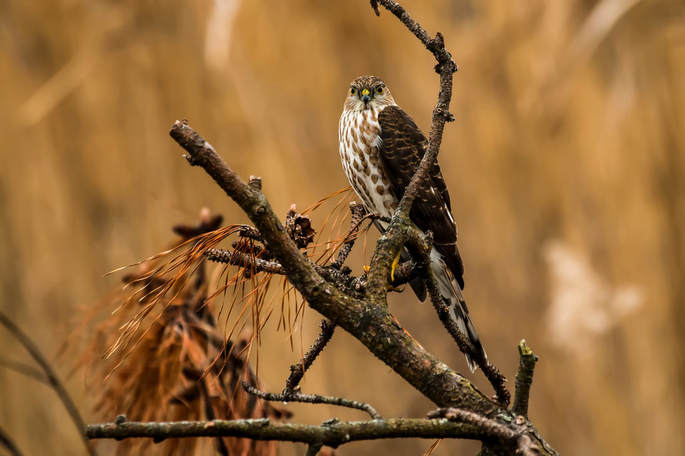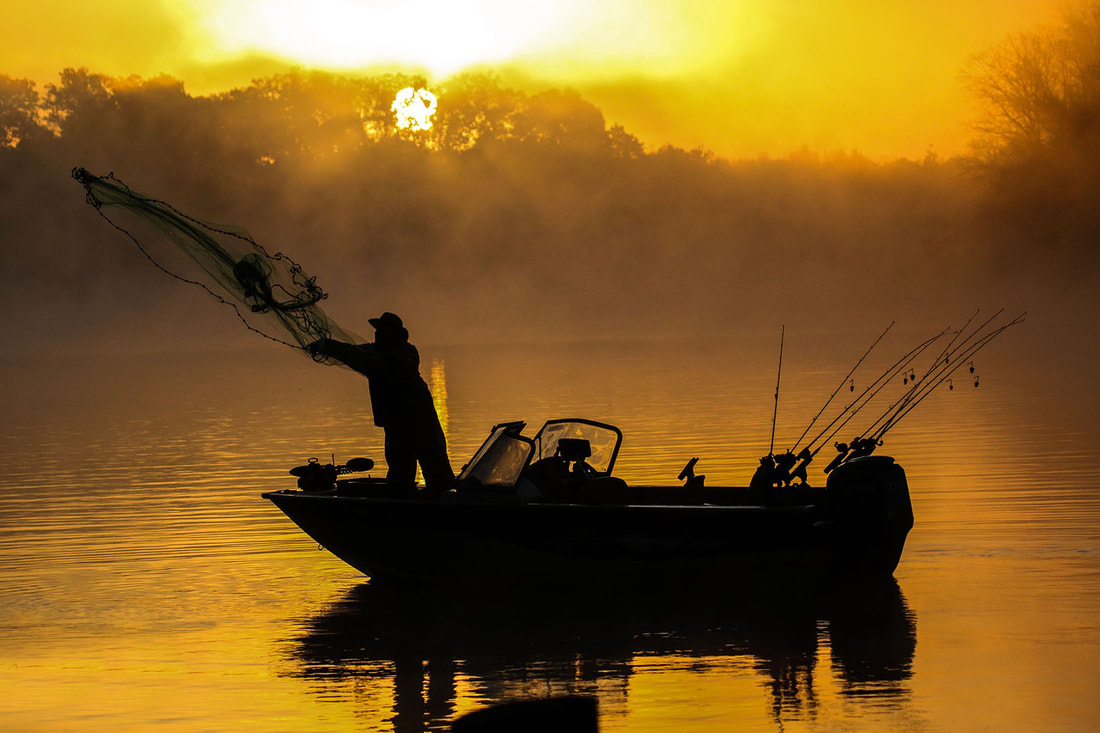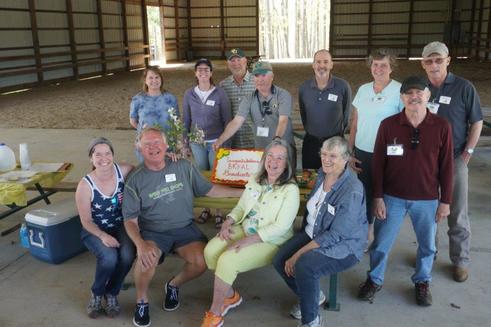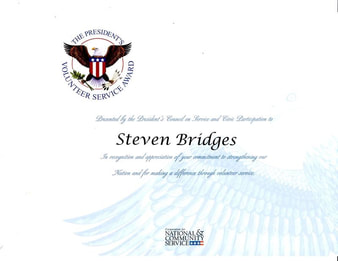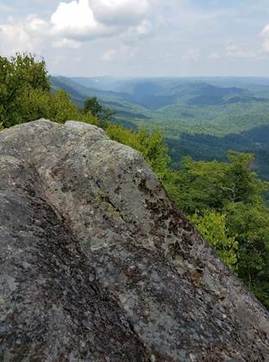Not Your Everyday Snake Encounter
Spring is mating season. Earlier this month we found three black rat snakes in our chicken coop. One was eating an egg while two were mating on the floor. Back in March, a snake shed its skin in our mud room. It was an impressive 5 1/2 feet long (we measured it). It too, belonged to a black rat snake. (You can tell if it’s a venomous or non-venomous snake by looking at the ribbing pattern on its belly). I’m cool with sharing my house with black snakes, but we are discriminatory about how many snakes we let live rent free in our house we’ve found snake skins in our mud room and around our washer and dryer so we knew that we had snakes in the walls. Considering that we live in an old farm house with lots of nooks and crannies, this isn’t surprising. We would much rather have the non-venomous black snakes to help with the mouse population than many mice.
Last week my husband called me to me; “Sheila, there’s a snake by the washing machine, come quickly.” The snake had been on the floor. Soon though, its head popped up over the dials at the top of the dryer. I told James to look at the circular hole in the ceiling because another black rat snake was looking out and looking down at the other snake as if to say; “Oh yes, I’ve been expecting you. Come on up, my love.” The snake behind the dryer uncurled and stretched out and climbed up the wall to meet his lady friend. He crawled into the hole with her and got situated and soon we had two black rat snake heads looking out from the hole in the wall. They must have decided that the time was right to slither out of the hole and get onto the top of the shelves above the laundry. They became entwined and began knocking my paper bags off of the shelf. Not too long after these passionate love-making and rambunctious snakes started on the top of the shelf, they hung down by their tails for a while before falling onto the dryer where they proceeded to knock items off of the dryer.
James and I discussed about whether or not we should leave them alone or serve them with an eviction notice. We know that a reptile resident left us a 5 1/2 foot snake skin that lives in the wall and there are probably other snakes that we don’t know about living in our wall. Also, I didn’t want snake babies living in our house too, so James decided to serve an immediate eviction notice. He picked them up behind their heads and carried them to the back door. They were very docile… The snakes both looked very happy. I’d never noticed a snake’s expression. It will musk if it’s scared, but these two snakes appeared to be smiling, peaceful and happy. If I could have put words into one of the snake’s mouths it would have been “Peace man. Make snakes, not war.” The other snake looked to me to be in a complete state of bliss. My husband didn’t have his shoes on so when we opened the door so he just pitched them out the door and into the gravel driveway. I hope that the snakes at least slithered off of into the nice bed of periwinkle to finish their business. They were about 4 feet long and very well rounded, so it looks like they had eaten their fair share of mice.
Not Your Everyday Snake Encounter Read Post »

